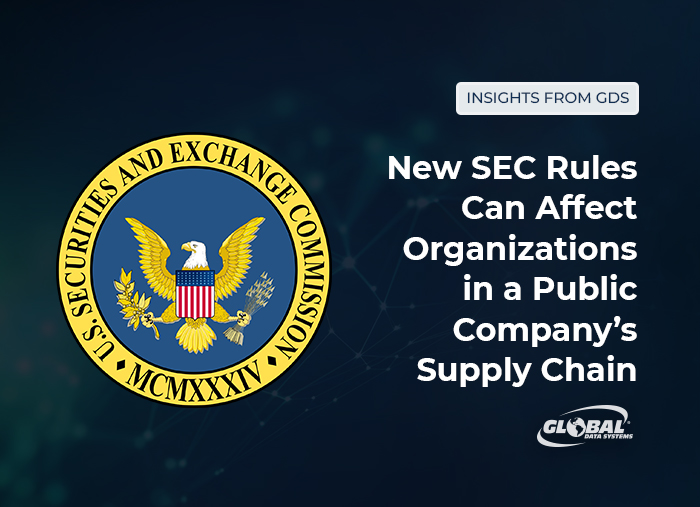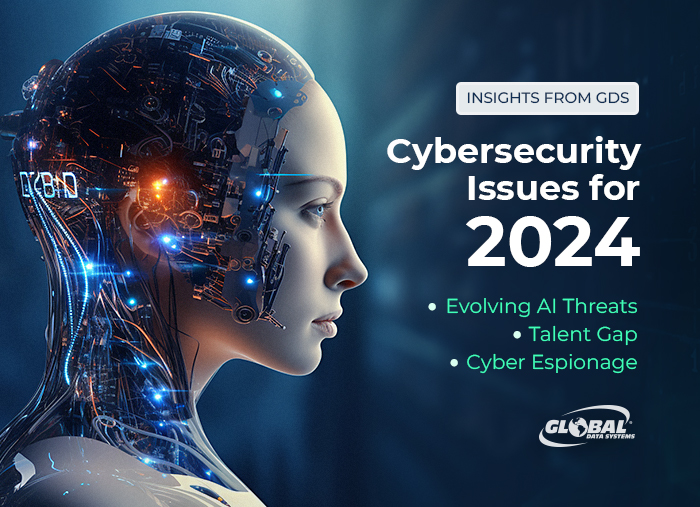Backup and cybersecurity go hand in hand. Regular backups are the last defense against downtime if data is corrupted in a cyberattack. In many organizations, however, backup systems and processes simply aren’t up to the task.
The pace of business continues to accelerate, thanks in part to a mobile workforce and constantly connected customers. Competition is getting more intense. Providing a product or service immediately, effectively and efficiently is essential.
Cybercriminals are developing more sophisticated threats and using automation to launch them in high volumes. In response, organizations are adopting more security tools to help them detect and respond to these threats. The problem is that these disparate tools don’t talk to one another, making it difficult to get a holistic view of the organization’s overall security posture. This challenge is driving increased adoption of security information and event management (SIEM) tools.
The transition to remote and hybrid work styles has had a profound impact on network performance. Massive numbers of remote employees and bandwidth-hungry applications have significantly increased network traffic and intensified connectivity demands. Decades-old WAN designs aren’t up to the task.
The help desk remains a core element of most IT departments, but many organizations struggle with high staff turnover rates. The persistent IT skills shortage makes for fierce competition for technology professionals. Help desk personnel are among those most likely to leave for greener pastures.
Ever interact with a contact center agent who relied heavily on a script? Odds are, it wasn’t the best experience. Scripted interactions tend to lack personality, even if the agent inserts your name at the right points. Such interactions can also be frustrating if the script doesn’t align with your needs and the agent can’t adjust.
Recent ransomware attacks that disrupted city and county governments in Colorado, Georgia, Missouri and Pennsylvania highlight a worrisome trend of threats targeting public-sector organizations. Several new surveys note a sharp rise in attacks against federal, state and municipal agencies, school districts, and other public-sector organizations.
The demand for skilled IT professionals continues to exceed the supply. The IT trade group CompTIA estimates there are currently more than 2 million unfilled IT jobs in the U.S., and the shortage is likely to worsen in coming years due to an aging workforce and a dearth of IT education programs. In one Gartner survey, nearly two-thirds of IT executives said the tech talent shortage keeps them from adopting emerging technologies.
Managing today’s increasingly complex technology ecosystems requires specialized expertise that few organizations have on staff. As a result, more companies are turning to managed services providers (MSPs) to fill talent gaps and control costs while driving improvements in security, innovation and efficiency.
If you’ve ever experienced extended hold times, dropped calls or repeated transfers when calling customer service, then you are well-acquainted with the concept of “customer friction.” The term refers to anything that gets in the way of a smooth and effortless interaction between businesses and their customers — and it is contributing to a growing sense of dissatisfaction among U.S. consumers.
Security log files are a rich source of information about IT systems, providing critical insight into unusual login attempts, system changes, access requests and other anomalous activities that may have security implications. However, the sheer volume and diversity of logs generated across today’s complex IT environments makes it difficult to analyze and use that information.
The Securities and Exchange Commission (SEC) has implemented new rules requiring publicly traded companies to report cybersecurity incidents. The rules will also affect privately held companies in a public company’s supply chain.
Although inflation has slowed considerably and interest rates have stabilized, many companies remain wary of lingering economic challenges. According to the recent State of IT Report 2024 from Spiceworks and Aberdeen Strategy & Research, 74 percent of companies say they are looking for ways to trim IT spending to conserve cash and maintain financial stability.
Growing numbers of artificial intelligence-based threats are expected to create unprecedented challenges for most organizations in the coming year. The FBI recently warned that businesses, governments and individuals should anticipate “alarming” increases in AI-powered threats over the coming months.
Enhancing the customer experience is a top priority for many companies — and with good reason. Myriad studies show that CX investments deliver a huge return. The Temkin Group found that companies can increase revenue by 70 percent or more within three years of investing in CX. According to a report from PwC, consumers are willing to pay 16 percent more for a great experience.
Billions of people worldwide use the Internet daily to send and receive information for personal and professional purposes. However, most have concluded that it is impossible to ensure the privacy of these transmissions. In a recent global survey by Statista, 63 percent of respondents said they consider privacy risk to be an acceptable tradeoff for the convenience of online communications.
Software-defined wide-area networks (SD-WANs) are effective tools for connecting increasingly distributed offices, data centers, cloud services and remote workers. Nevertheless, the technology remains something of a mystery to many business decision-makers. More than 30 percent of respondents to a 2022 survey cited a lack of knowledge about the technology as a key barrier to adoption.
A low-tech social engineering scam has created high-stakes consequences for MGM Resorts International. A September “vishing” attack cost the Las Vegas casino giant about $100 million, according to the company’s recently filed disclosure with the U.S. Securities and Exchange Commission.
There may be no use crying over spilled milk, but spilled data is another matter. When sensitive information inadvertently trickles out of networks or cloud platforms, it’s enough to bring tears to the eyes of executives, board members and IT leaders.
Manual security processes are no longer sufficient for dealing with the growing volume of sophisticated cyber threats across increasingly complex IT environments. With an estimated 560,000 new pieces of malware detected each day and a cyberattack occurring every 39 seconds, security automation has become a necessity.
Research consistently shows that about 80 percent of all confirmed breaches are related to stolen, weak or compromised passwords. Password management solutions offer a simple and effective way to secure credentials by eliminating the burden on users to create, type, change and remember dozens of different passwords.
Disaster planning presents organizations with a difficult paradox. Reliable communication is essential for maintaining contact with staff, customers and business partners in the aftermath of a catastrophic event. However, effective communication is usually among the first casualties when disaster strikes.
During the first nine months of 2023, the U.S. experienced 24 natural disasters with damages exceeding $1 billion each — the most since the National Oceanic and Atmospheric Administration began tracking such events in 1980. The numbers reflect a troubling trend, with eight of the 10 worst years for billion-dollar disasters occurring in the past decade.
Businesses need technology, but not many need to own it. That’s the beauty of the Infrastructure-as-a-Service (IaaS) model — it enables companies to access the robust technologies they need without taking on any of the capital costs, maintenance expenses or obsolescence risks that are part and parcel of in-house IT infrastructure.
Although more people have returned to the office with the easing of COVID-19 restrictions, the U.S. Bureau of Labor Statistics reports that a third of employed people still do some or all of their work from home. As a result, malicious actors continue to exploit home office security shortcomings.
Help Wanted: Seeking IT administrators, developers, engineers and analysts. Six-figure salary with bonuses, paid vacation and sick leave. No formal education required. Highly flexible work environment — work remotely with no dress code and no set schedule. Note: Duties may involve illegal activities such as coding malware, stealing data or launching ransomware attacks.



























